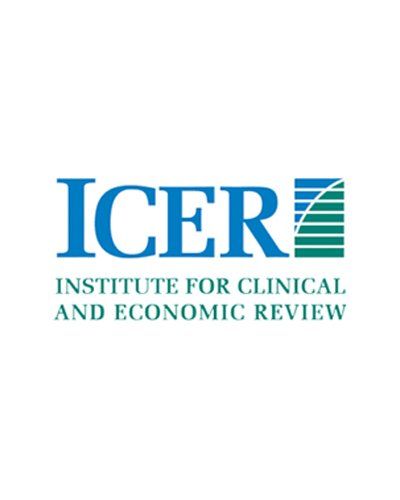Nexletol, inclisiran Up for ICER Review
How will they match up against ezeimbe, Repatha and Praluent?

Institute for Clinical and Economic Review (ICER) announced yesterday that it will assess the comparative clinical effectiveness and value of inclisiran (Novartis) and Nexletol (bempedoic acid, Esperion Therapeutics) for treatment of high cholesterol.
ICER, a Boston cost-effectiveness group whose cost-effectiveness studies are increasingly influential in drug price negotiations, says it will assess the two drugs as treatments for heterozygous familial hypercholesterolemia, an inherited condition that leads to high cholesterol levels.
But the larger market for the drugs will be as cholesterol-lowering medications to prevent atherosclerotic cardiovascular disease (ASCVD), and ICER says it will also be assessing them in that context.
The cholesterol-lowering drugs includes statins, ezetimbe (Zetia), and the two PCSK9 inhibitors currently on the market, Repatha (evolocumab) and Praluent (alirocumab). Although it works by a different mechanism than Repatha and Praluent inclisiran is also a PCSK9 inhibitor. Repatha and Praluent have not been widely used and have been disappointing from a a commercial perspective, Inclisiran may have been advantage because it needs to be injected far less often - perhaps only a couple of times a year.
Inclisiran is currently undergoing FDA review, with an anticipated decision expected at the end of this year, according to ICER. The FDA approved Nexletol in February.
ICER's “open input” period began yesterday on Nexletol and inclisiran began yesterday and will close on June 30, 2020, at 5 p.m. ET. The input period is supposed to allow stakeholders to supply ICER with information that the organization will considered in its evidence report on the two drugs
ICER says its evidence repport on high cholesterol will be reviewed during a public meeting of the Midwest Comparative Effectiveness Public Advisory Council (Midwest CEPAC) in February 2021.
A draft scoping document, which will provide more detail on ICER’s planned analysis, will be available on July 6, 2020. That document will be open to public comment for three weeks.
Phase 3 Trial of Vertex’s Islet Cell Therapy for Type 1 Diabetes in Under Way
April 23rd 2025Zimislecel is an allogeneic stem cell-derived islet cell therapy that could eliminate the need for insulin in those who have type 1 diabetes. Regulatory submissions are expected in 2026, and if approved, would be the second cell therapy for type 1 diabetes.
Read More
Conversations With Perry and Friends
April 14th 2025Perry Cohen, Pharm.D., a longtime member of the Managed Healthcare Executive editorial advisory board, is host of the Conversations with Perry and Friends podcast. His guest this episode is John Baackes, the former CEO of L.A. Care Health Plan.
Listen
Breaking Down Health Plans, HSAs, AI With Paul Fronstin of EBRI
November 19th 2024Featured in this latest episode of Tuning In to the C-Suite podcast is Paul Fronstin, director of health benefits research at EBRI, who shed light on the evolving landscape of health benefits with editors of Managed Healthcare Executive.
Listen
Experts Explore Causes and Care for Chronic Itch
April 22nd 2025In a recent discussion with Managed Healthcare Executive, three leading dermatologists and itch experts—Shawn Kwatra, M.D., Brian Kim, M.D., and Gil Yosipovitch, M.D.—shared where the science is going, what’s holding it back and how the healthcare system can better support patients.
Read More